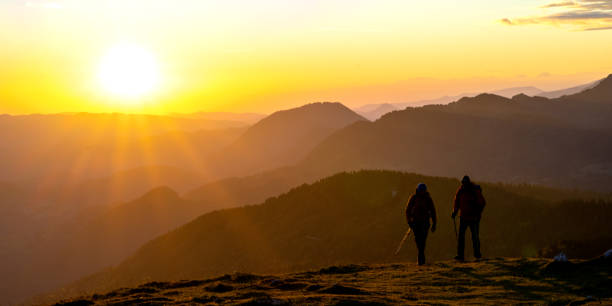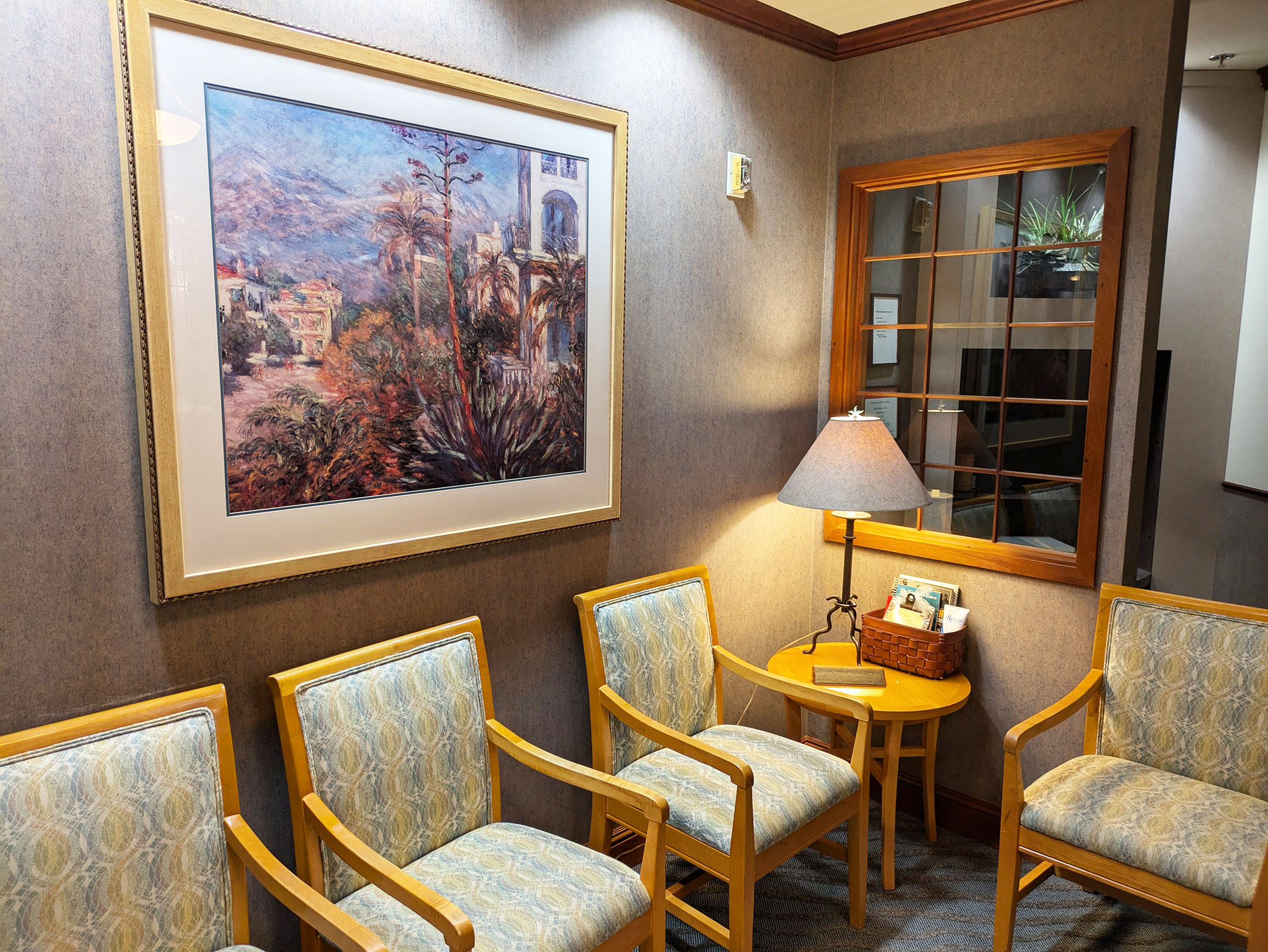Excerpted from “La Jolla Year by Year” by Howard S. F. Randolph
The origin of the name La Jolla has been a controversial subject for many years. Any student of Spanish of course knows that the Spanish word for “jewel” is spelled “la joya”. The how do we get to the spelling “La Jolla”?
There are two principal schools of thought, one contending that the present spelling is simply a corruption of the Spanish word for jewel, caused by ignorance of the real spelling of the word. The other school holds that the word is not Spanish at all, but taken bodily from the Indian word meaning “cave or “hole, and any similarity to a Spanish word is purely coincidental! And there is much to be said for both contentions.
The present compiler, having no knowledge of either Spanish or Indian, wrote to several authorities for their opinions. The late Mrs. Milicent Humason Lee, the author of “Salt Water Boy” – a charming story of prehistoric La Jolla for children – wrote as follows in March, 1943:
““The old Indian who gave me the information about the name La Jolla is now dead, but doubtless there are other Indians in the back country who could tell you the same thing“
“We took him to La Jolla one day, and he kept asking to see the lah-hoy-yah, lah-hoy-yah. Finally we found he meant the caves. He said that the old Indian name of La Jolla was ‘Mut lah-hoy-yah, lah-hoy-yah’. ‘Mut’ means ‘place’, ‘lah-hoy-yah’ is all one word, not divided with an article as ‘La Jolla.”
“There is an Indian reservation near Palomar Mountain also called La Jolla, and I understand there is a big cave there. The Indians, especially the old ones, speak Spanish and they have no written Indian language, so it would be natural for them to spell the word (if they did spell it and not some one else) in Spanish…I spelled the word phonetically, because, as I said, the Indians have no written language”
The early newspapers often speak of “The La Jolla”; so it would seem probable that “La” was not the Spanish article it seemed to be.
A letter dated May 24, 1943, from Malcolm Rogers, Acting Director of the San Diego Museum, says:
“In my studies I have found a widespread condition of misspelled Spanish names in Southern California, due to the fact that few early Latin settlers were literate.“
“Undoubtedly you know that the Spanish word for jewel is joya, and that phonetically it can be spelled Jolla. Furthermore I know of three other places in San Diego County alone which are called La Jolla. All are beautiful valleys which might be referred to as jewels.“
“In the local Indian language, ‘mut’ means dirt and not ‘place’, and Mrs. Lee’s spelling ‘lah-hoy’yah’ means nothing to me.”
And our earliest map and deeds, as has been shown, refer to the jewel-like valley behind the Beach Club as “La Joya Valley.”
So the La Jollan is in a dilemma! But whether the name is Indian or Spanish, whether it means “cave” or “jewel,” the fact remains that we do have caves here, and that “La Jolla” sparkles like a jewel in its emerald and turquoise setting. So let us accept our blessings without worrying too much about the derivation of the name. “La Jolla” is now known favorably throughout the world; so let no pedantic purist insist on a change in its spelling.







